When it comes to extracting the most nutrients and flavor from your fruits and vegetables, the debate between masticating juicers vs centrifugal juicers has raged for years. Each has its strengths, but depending on your priorities—speed, juice quality, ease of cleaning, or cost—one clearly outshines the other.
Below, we dive deep into the differences, pros and cons, and real-life performance of these two juicing technologies to help you make the best investment in your health and kitchen.
What is a Masticating Juicer?
A masticating juicer, also known as a cold press or slow juicer, works by crushing and pressing produce through a slow-turning auger. This method gently grinds fruits and vegetables before pressing them against a mesh screen to extract juice.
Key Features of Masticating Juicers:
- Slow RPMs (usually between 40–110 revolutions per minute)
- Minimal heat generation, preserving enzymes and nutrients
- Higher juice yield
- Efficient with leafy greens, wheatgrass, and hard vegetables
- Quieter operation compared to centrifugal juicers
What is a Centrifugal Juicer?
A centrifugal juicer uses a high-speed spinning blade that shreds produce and separates juice using centrifugal force. These machines typically operate between 6,000 to 14,000 RPM, allowing for rapid juicing, but with some compromise in juice quality.
Key Features of Centrifugal Juicers:
- Fast juicing process—ideal for busy mornings
- Best for hard fruits and vegetables
- Lower cost
- More oxidation, which reduces shelf life
- Noisy operation
Nutritional Quality: Cold Press vs High-Speed Extraction
One of the most significant differences between masticating and centrifugal juicers is the nutritional integrity of the juice they produce.
Masticating Juicer: Maximum Nutrition Retention
Masticating juicers preserve enzymes, vitamins, and antioxidants due to their low-speed, cold-press mechanism. The lack of heat and oxidation means:
- Longer-lasting juice (up to 72 hours refrigerated)
- Richer color and flavor
- Higher nutrient density, especially for delicate compounds like vitamin C and polyphenols
Centrifugal Juicer: Fast but Nutrient-Losing
Centrifugal juicers generate heat and introduce more air, which accelerates oxidation. Juice tends to:
- Degrade faster (best consumed within 20–30 minutes)
- Lose heat-sensitive nutrients
- Separate quickly, leading to a thinner texture and foam
Juice Yield: Efficiency Compared
Over time, a higher juice yield can significantly impact your grocery bill, especially if you juice regularly.
Masticating Juicers: Higher Yield, Less Waste
Thanks to their slow crushing and pressing technique, masticating juicers extract up to 30% more juice from the same produce compared to centrifugal models. The pulp comes out drier, indicating maximum extraction.
Centrifugal Juicers: Faster, but Wasteful
Centrifugal juicers tend to leave wetter pulp, meaning less juice is extracted. Over time, this results in more produce needed to get the same quantity of juice, increasing costs.
Versatility: More Than Just Juice
If you want more than just fruit and veggie juice, masticating juicers take the lead.
Masticating Juicers Offer Multi-Functionality
- Make nut butters, baby food, sorbets, and even pasta dough
- Handle leafy greens and herbs with ease
- Better for celery, wheatgrass, and other fibrous produce
Centrifugal Juicers: Limited Scope
Centrifugal juicers are less effective with greens, herbs, and soft fruits. They’re not suitable for nut milks or frozen desserts.
Cleaning and Maintenance
Time and ease of cleaning can be a decisive factor, especially for daily juicers.
Masticating Juicers: More Parts, Longer Cleanup
Masticating juicers tend to have more components—augers, filters, and nozzles—making cleaning a bit more involved. However, some newer models offer self-cleaning features.
Centrifugal Juicers: Quick to Clean
Most centrifugal models are easier and faster to assemble and rinse, making them ideal for quick use. However, fine mesh filters can still trap pulp and require brushing.
Noise Level: Peace or Power?
Noise might seem trivial—until you try juicing early in the morning.
Masticating Juicers: Quiet Operation
Operating at slower speeds, masticating juicers are significantly quieter, making them suitable for early risers or shared living spaces.
Centrifugal Juicers: Loud and Intense
Due to their high-speed motors, centrifugal juicers can be as loud as a blender, which might be disruptive depending on your environment.
Cost: Upfront Investment vs Long-Term Savings
Masticating Juicers: Higher Initial Cost, Better ROI
These juicers are generally more expensive upfront, ranging from $200 to $500+, but they offer higher yields and durability, making them cost-effective over time.
Centrifugal Juicers: Affordable and Accessible
Entry-level centrifugal juicers start at around $50 to $150, making them a budget-friendly option for casual juicers or beginners.
Durability and Longevity
Masticating Juicers: Built to Last
Typically crafted with high-quality materials and robust motors, masticating juicers often come with longer warranties—some up to 10–15 years.
Centrifugal Juicers: Shorter Lifespan
With more plastic components and high-speed wear and tear, centrifugal juicers usually have shorter warranties and a shorter lifespan overall.
Conclusion
If you’re serious about health, nutrient retention, and long-term savings, the masticating juicer is the superior choice. It offers better juice quality, versatility, and durability, making it ideal for frequent and diverse juicing.


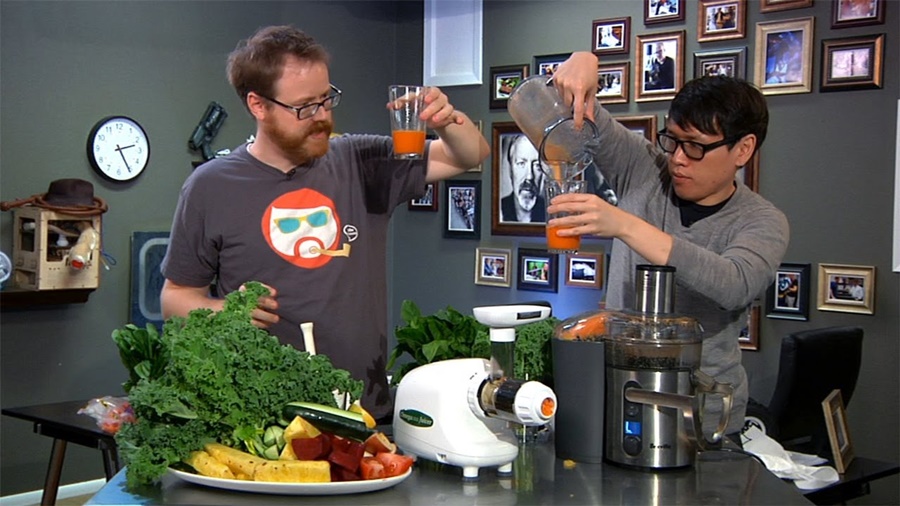
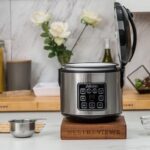
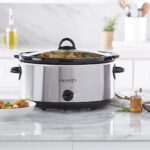

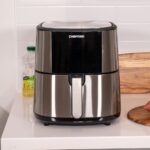
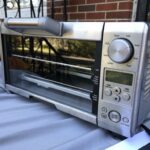
Leave a Reply